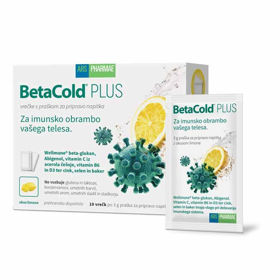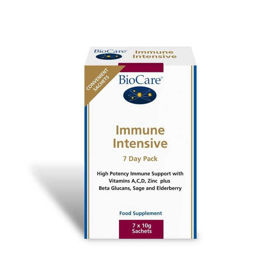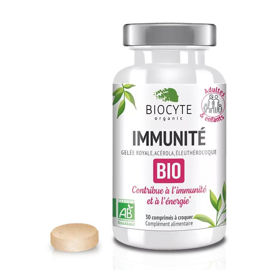Vprašanje stranke:
Kakšni so prvi znaki angine? Vprašanje anonimne stranke
Odgovor farmacevta:
Eden prvih in najbolj značilnih znakov angine je boleče grlo. Lahko se pojavi nenadoma in je pogosto intenzivnejši pri požiranju. Tonzile lahko postanejo rdeče, otekle in obložene z belkastimi ali rumenkastimi oblogami, če je prisotna gnojna angina. Angina lahko povzroči vročino ali zvišano telesno temperaturo. Pri bakterijski angini je lahko vročina višja. Pogosto je požiranje hrane ali tekočin boleče zaradi vnetja v grlu. Pri nekaterih ljudeh lahko angina povzroči tudi bolečine v ušesih, saj so ušesni kanali in grlo povezani.
Mnogi ljudje z angino se počutijo utrujene, izčrpane ali imajo tudi druge simptome. Pri virusni angini so lahko prisotni tudi simptomi prehlada, kot so izcedek iz nosu, kihanje ali zamašen nos. Zanimivo branje: Angina Pektoris
Kako ločiti med znaki gnojne in virusne angine?
Ločevanje med gnojno in virusno angino lahko predstavlja izziv, saj imata obe lahko podobne simptome. Kljub temu obstajajo nekateri znaki, ki lahko nakazujejo na določeno obliko angine.
Značilen znak gnojne angine so belkaste ali rumenkaste gnojne obloge na tonzilah. Te obloge so lahko videti kot grudice ali madeži na tonzilah. Gnojna angina lahko povzroči še otekle in boleče bezgavke v vratu. Bezgavke se lahko občutno povečajo in postanejo občutljive na dotik. Bolečina v grlu pri gnojni angini je običajno hujša in lahko otežuje požiranje hrane ali tekočin. Gnojna angina pogosto povzroči povišano telesno temperaturo, ki je lahko nad 38 °C.
Pri virusni angini na tonzilah običajno ni prisotnih gnojnih oblog. Tonzile so lahko rdeče in otekle, vendar brez belkastih ali rumenkastih oblog. Virusna angina je pogosto povezana z drugimi simptomi prehlada, kot so izcedek iz nosu, kihanje, kašelj ali zamašen nos. Bolečina v grlu pri virusni angini je lahko manj huda kot pri gnojni angini. Lahko se pojavi kot nelagodje ali draženje v grlu. Virusna angina običajno povzroči nižjo ali zmerno povišano telesno temperaturo, ki redko presega 38 °C.
Katera zdravila pomagajo pri lajšanju simptomov angine?
Pri lajšanju simptomov angine se lahko uporabljajo različna zdravila in domača sredstva, odvisno od vzroka angine in resnosti simptomov. Splošna zdravila in pristopi, ki se uporabljajo za lajšanje simptomov angine, vključujejo:
- antibiotike,
- izpiranje ust,
- pastile za grlo,
- vlaženje zraka,
- protibolečinska zdravila,
- tople napitke,
- počitek
Kakšni so znaki angine pri otroku?
Otrok se lahko pritožuje zaradi bolečin v grlu, ki se lahko poslabšajo pri požiranju hrane ali pitju tekočin. Tonzile lahko postanejo povečane, rdeče in vidne na pogled. Vneto žrelo je lahko vidno, ko zdravnik pregleda otrokova usta. Bezgavke v vratu se lahko povečajo in postanejo občutljive na dotik. Otrok lahko kaže znake povišane telesne temperature ali vročine. Lahko se počuti utrujeno, izčrpano ali razdražljivo. Lahko ima tudi izgubo apetita. Pri nekaterih otrocih se lahko pojavijo tudi simptomi prehlada, kot so izcedek iz nosu, kihanje ali zamašen nos. Otrok lahko kašlja zaradi draženja v grlu ali posledično sluzi, ki se nabira v grlu. Če opazite, da vaš otrok kaže znake angine ali če se počuti slabo, je pomembno, da ga pregleda zdravnik.
Zanimivo branje: Virusna angina
Zanimivo branje: Bakterijska Angina








 Facebook
Facebook
 Instagram
Instagram
 info@moja-lekarna.com
info@moja-lekarna.com

